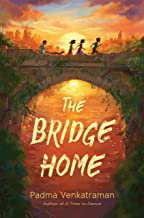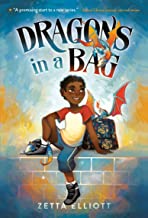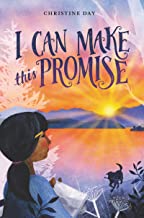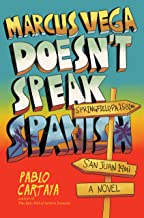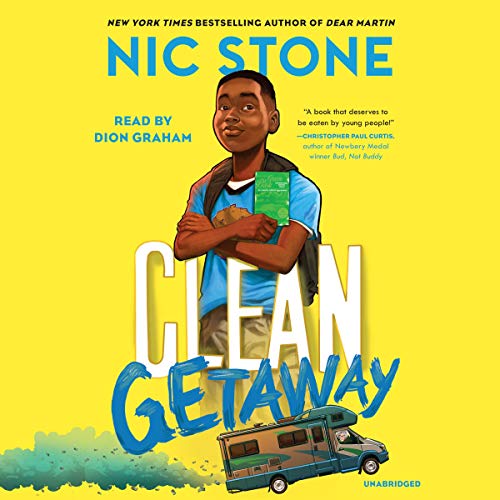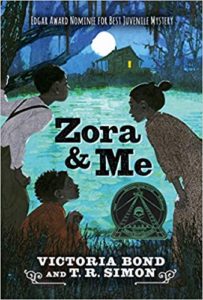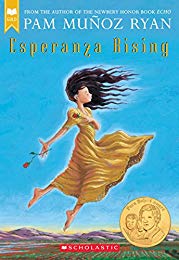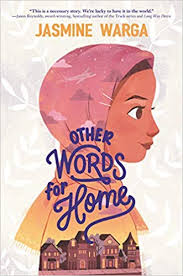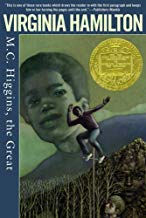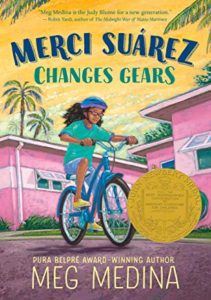Eleven-year-old Vija’s father is a violent man. During their most recent fight, Appa broke her mother’s arm. No matter what he does, Amma refuses to leave him, and now he threatens to go Vija’s sister, Rukku, who is older, but is mentally disabled. The only things that help the sisters cope with their terrifying life are the stories that Vija makes up every night I which the girls always have wonderful adventures. Since Appa and Amma will never change, Vija decides to take Rukku and run away from her village in India. The city is a dangerous place for two young girls, but they meet Muthu and Arul, homeless boys who agree to share their sleeping place under a bridge.
The boys teach Vija and Rukku how to survive in the city, who to avoid, and where to collect glass and metal from giant, filthy piles of trash to sell to recyclers. When one of the recyclers takes an unwholesome interest in the girls and discovers their living place, they are forced to leave the bridge and set up a new camp in a mosquito-infested cemetery.
A nice lady at a tea shop gives Rukku a bag of beads and teaches her how to string necklaces which Vija then sells to help support their group. Vija learns that her sister is capable of doing many things, and despite the hardship, has grown in confidence since they ran away. The boys have become brothers to Vija and Rukku. Life is difficult, but they have each other. The boys seem to focus on one day at a time, but Vija dreams of having a better life somehow.
Arul is a devout Christian and takes their group to visit a church. Vija isn’t a religious person and questions a God who allows children to suffer. They meet a woman who invites them to live at the Safe Home for Working Children, which she runs. Vija is interested, but the boys warn her not to trust adults who kidnap children and force them to work as slaves.
When Rukku and Muthu become very sick, Vija must take a chance to save them, but will she be too late?
The Bridge Home tells the story of millions of homeless children who live in India. Their lives are so difficult, but there are individuals and organizations trying to help. With a glimpse into their struggles, we see how our lives differ. To learn more about Padma Venkatranman, visit https://padmavenkatranman.com

